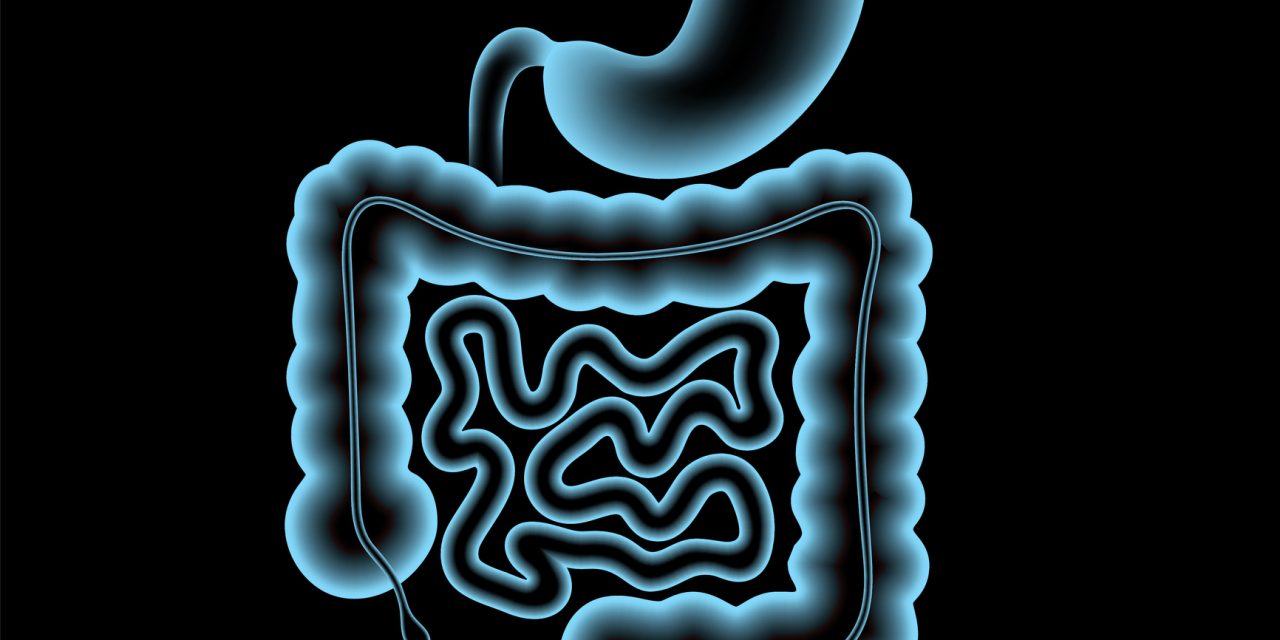Hepatitis E virus (HEV) is a major causative agent of hepatitis E infections across the globe. Although the essentiality of HEV nonstructural polyprotein (pORF1) putative Y-domain (Yd) has been established in viral pathogenesis, its structural-functional role remains elusive. The current research discusses the novel exploration on Yd protein expression, purification, biophysical characterization and structure-based docking analysis. The codon optimized synthetic gene and optimized expression parameters i.e., 5 h induction with 0.25 mM IPTG at 37 °C, resulted in efficient production of Yd protein (∼40 kDa) in E. coli BL21(DE3) cells. Majority of the recombinant Yd (rYd) protein expressed as inclusion bodies was solubilized in 0.5% N-lauroylsarcosine and purified using Ni-NTA chromatography. Circular dichroism (CD) and UV visible absorption spectroscopic studies on Yd revealed both secondary and tertiary structure stability in alkaline range (pH 8.0-10.0), suggesting correlation with its physiological activity. Thus, loss in structure at low pH perhaps play crucial role in cytoplasmic-membrane interaction. The biophysical data were in good agreement with in-silico structural analyses, which suggested mixed α/β fold, non-random and basic nature of Yd protein. Furthermore, due to Yd protein essentiality in HEV replication and pathogenesis, it was considered as a template for docking and drug-likeness analyses. The 3D modeling of Yd protein and structure-based screening and drug-likeness of inhibitory compounds, including established antiviral drugs led to the identification of top nine promising candidates. Nonetheless, in vitro studies on the predicted interaction of Yd with intracellular-membrane towards establishing replication-complexes as well as validations of the proposed therapeutic agents are warranted.Copyright © 2021. Published by Elsevier Inc.
Structural exploration of Y-domain reveals its essentiality in HEV pathogenesis.


